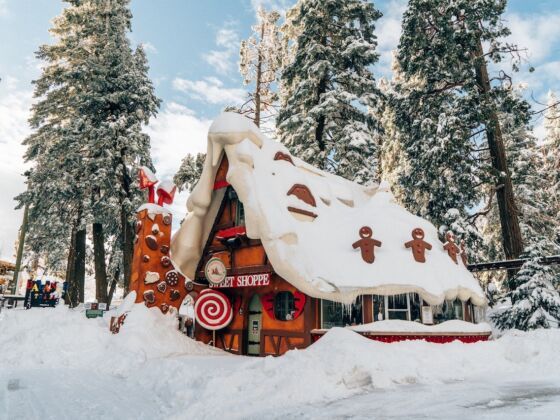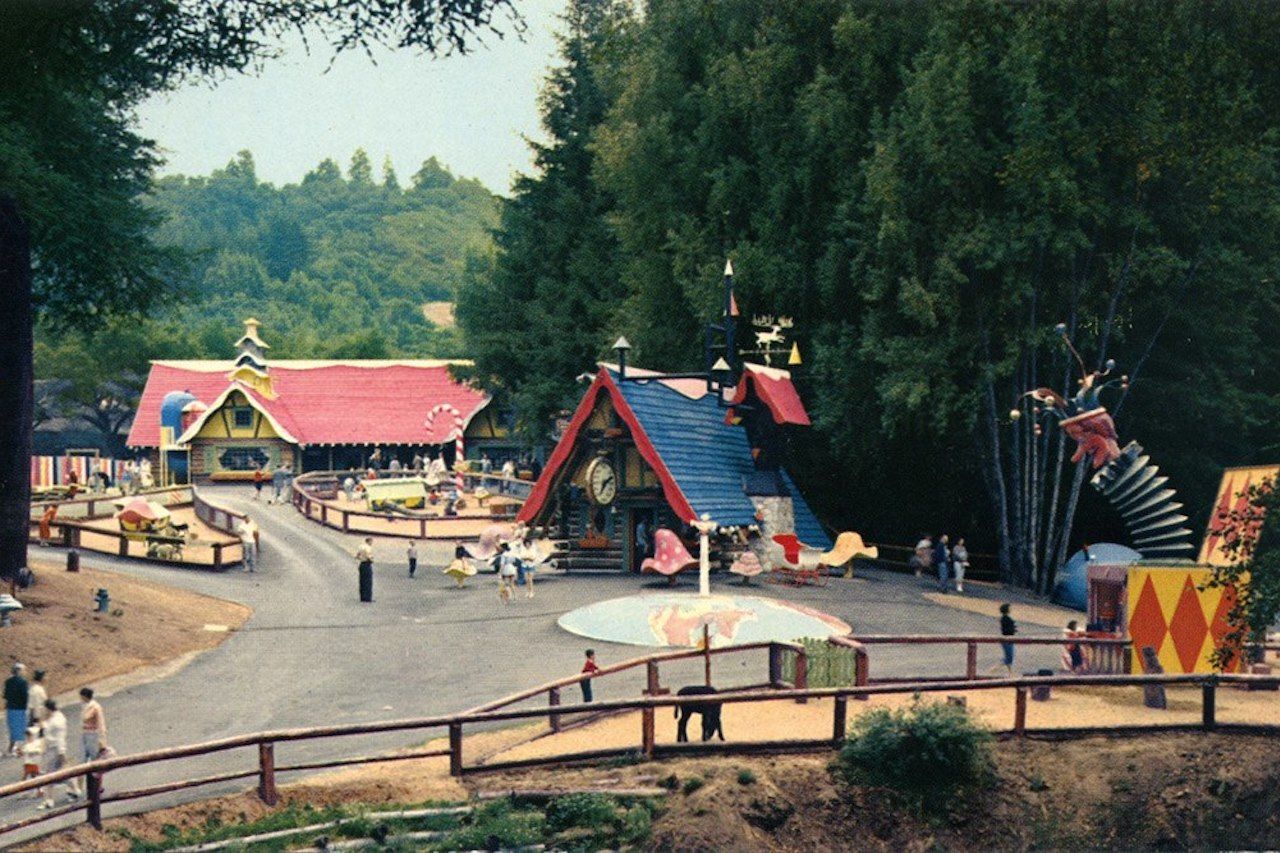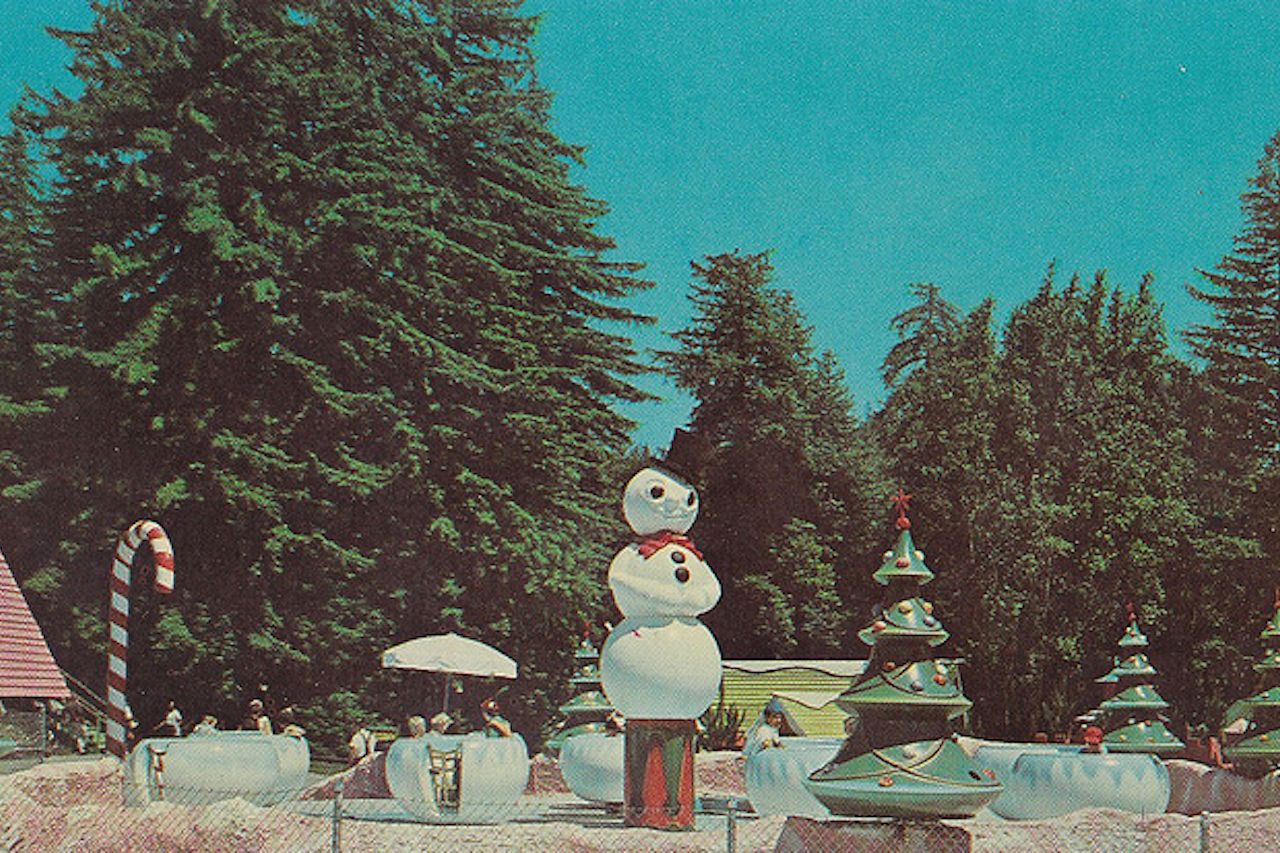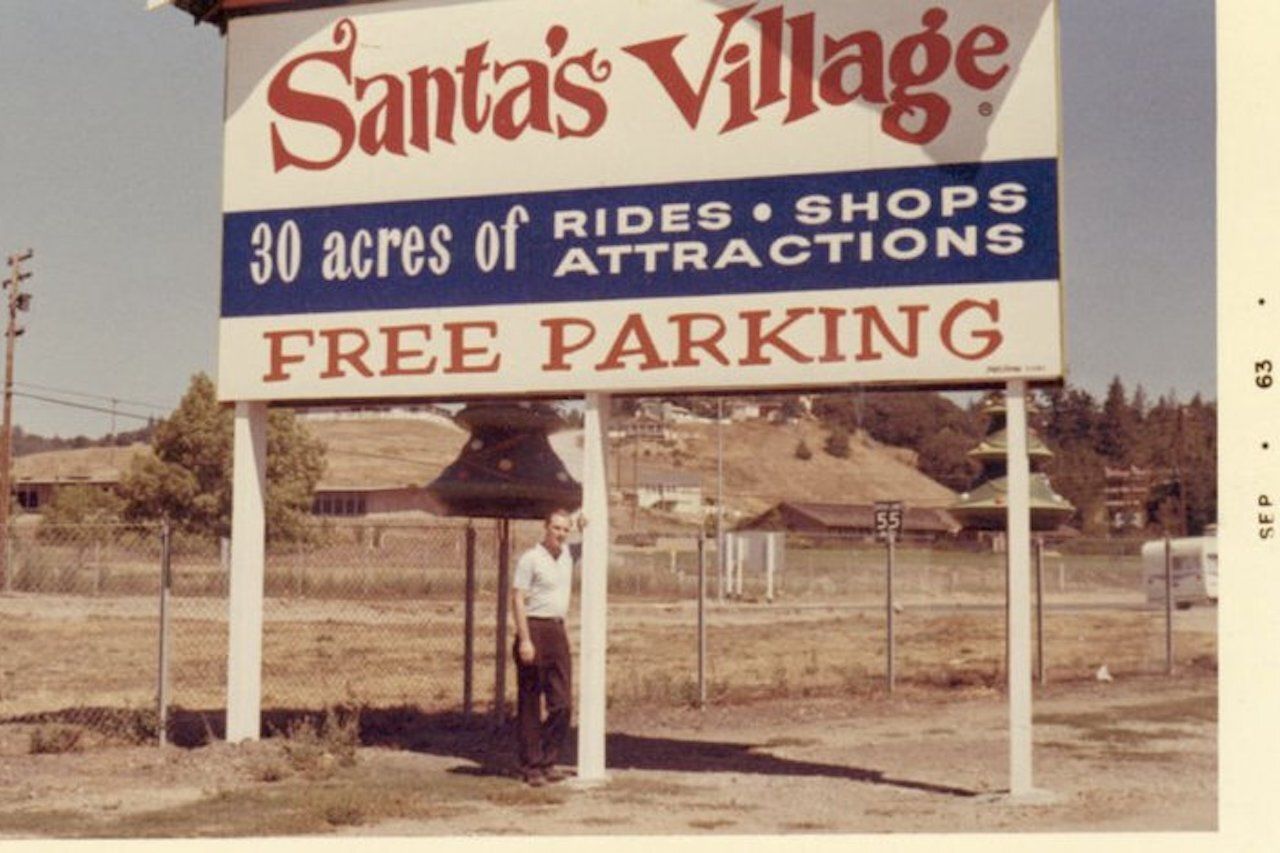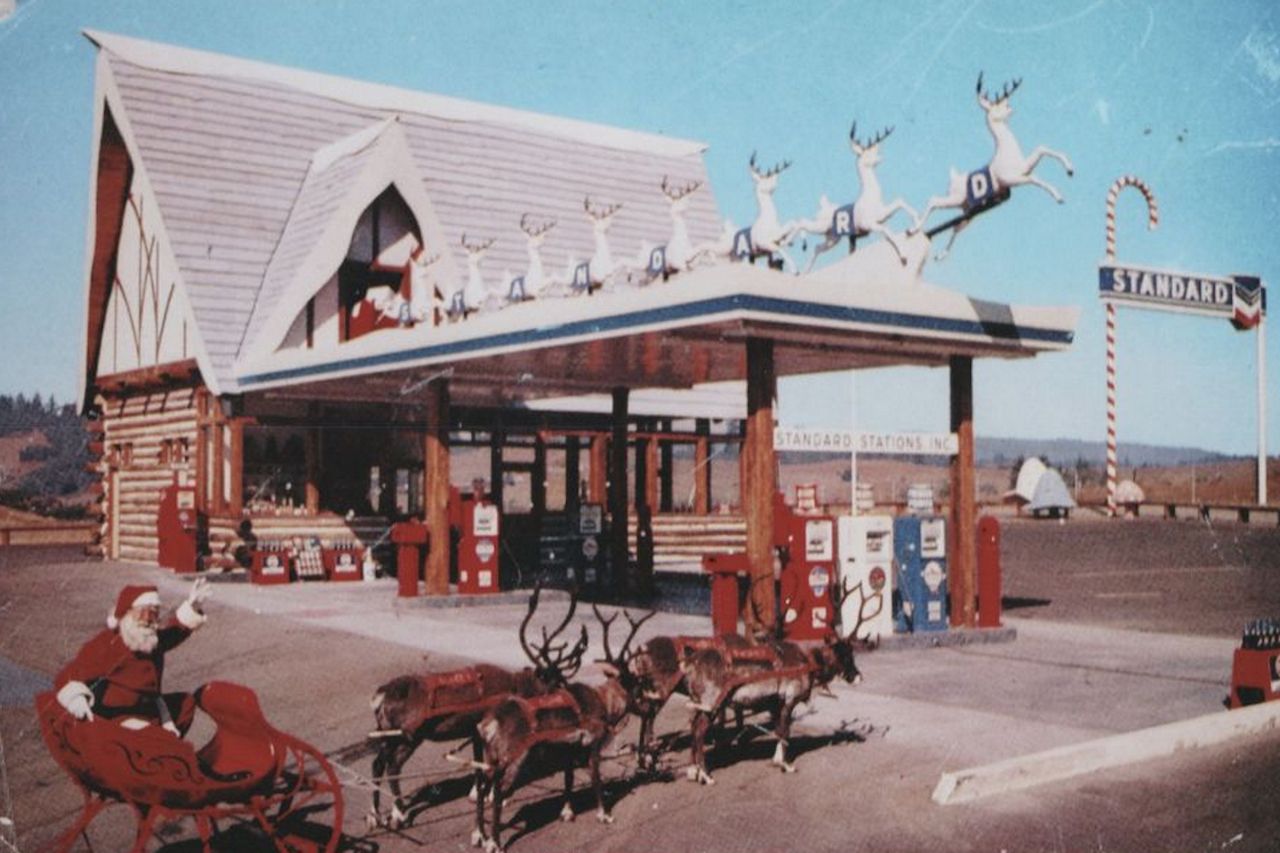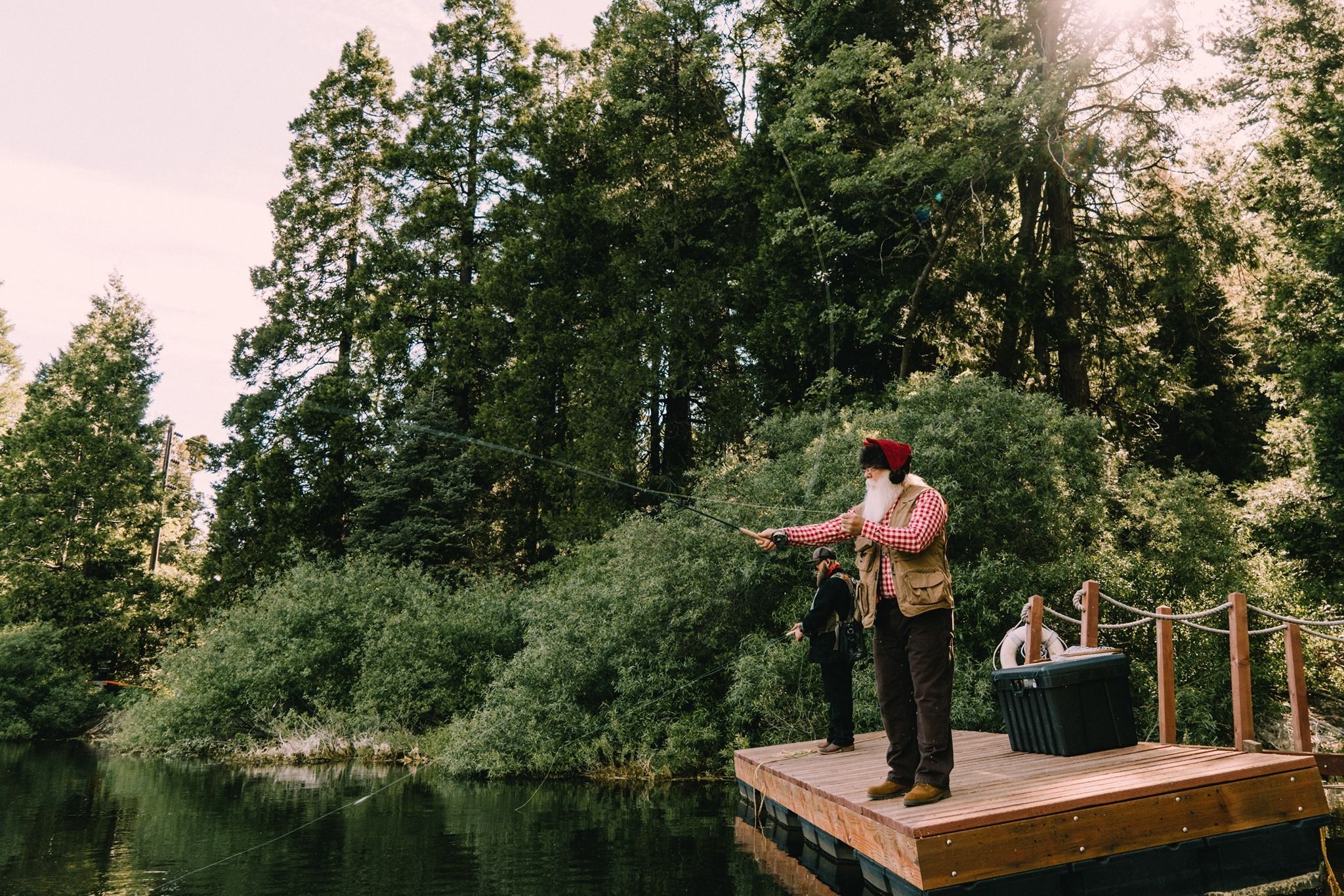“I was born under the sign of the candy cane.”
That’s what Jennifer Jacobson told Bill and Michelle Johnson, owners of the SkyPark at Santa’s Village theme park in Skyforest, California, during her job interview. It wasn’t the premeditated line of a smooth-talking job applicant looking to charm her way to an offer. It was the truth.
The Santa’s Village theme park of Jacobson’s youth was located a short distance away near Santa Cruz. This Santa’s Village first opened on Memorial Day weekend in 1958. It was one of three theme parks created by developer Glenn Holland, and featured reindeer, a baby animal petting zoo, puppet shows, elves in workshops making toys, a life-sized gingerbread house, and, of course, Santa himself.
